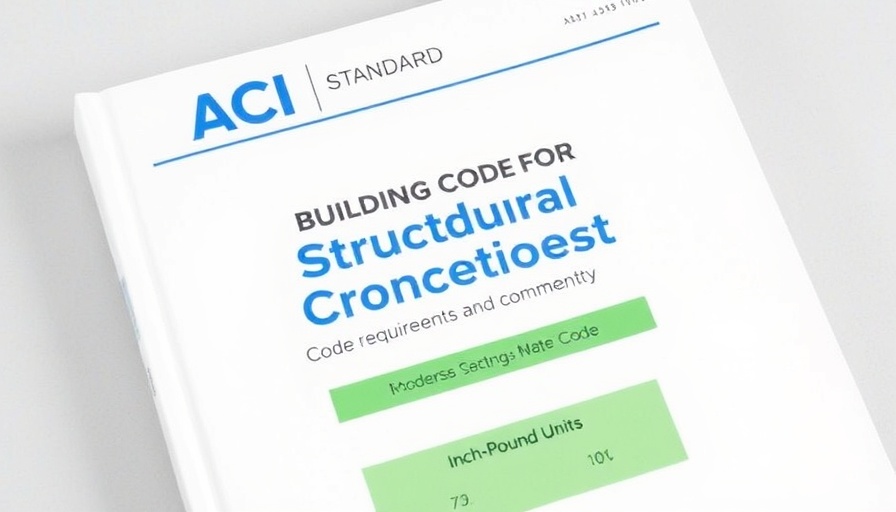
Redefining Bathroom Spaces: The Luxury Experience
In the rapidly evolving world of commercial construction, the significance of bathroom design is often overlooked, yet it plays a crucial role in enhancing the overall value of properties. Substrata, Inc. sets a gold standard in luxury toilet and bath design, transforming mundane bathrooms into exquisite sanctuaries. Focused on the intersection of aesthetics and functionality, their approach reflects a growing trend in the industry to prioritize well-designed, comfortable spaces.
Highlighting Five Transformative Projects
This article delves into five exemplary projects by Substrata—Curson Ave., Historia La Habra, East Blvd., Stevens Culver City, and 920 Superba Ave.—that illustrate this innovative design philosophy. From modern elegance to timeless sophistication, each project redefines the role of bathrooms in contemporary living.
Curson Ave.: A Model of Modern Practicality
Designed for a young family, the Curson Ave. bathroom project emphasizes functionality without compromising on style. With a focus on optimized layouts that separate wet and dry zones, the design incorporates durable yet aesthetically pleasing materials like porcelain tiles and quartz countertops.
The choice of matte black fixtures presents a striking contrast against lighter backgrounds, enhancing the modern aesthetic. Unique features, such as custom floating vanities and frameless glass showers, further maximize space while providing essential storage. This thoughtful design not only improves convenience but transforms the user experience.
Historia La Habra: Blending Tradition with Modernity
The Historia La Habra project reveals how luxury can be infused with historical references. By merging traditional elements with contemporary functionality, this design approach caters to a sophisticated clientele seeking elegance and charm in their spaces. The bathrooms here exemplify how traditional design motifs can coexist seamlessly with modern amenities, creating a luxurious yet inviting atmosphere.
Emphasizing Wellness in Bathroom Design
As the health and wellness trend continues to grow, the importance of incorporating these principles into bathroom design cannot be overstated. Projects like East Blvd. focus on enhancing occupant well-being through improved lighting, ventilation, and the use of sustainable materials. Natural light from strategically placed skylights, for example, promotes a sense of openness and tranquility, while advanced ventilation systems ensure fresh air circulation, crucial for reducing humidity levels.
Future Trends in Bathroom Design
With technology shaping the landscape of modern bathrooms, integrating smart home features is becoming essential. From automated lighting to water-saving fixtures, the future of bathroom design points towards efficiency without sacrificing luxury. For property developers and business owners, adapting to these trends can not only elevate the aesthetic value but also improve cost efficiency, making their investments more sustainable.
Conclusion: A Call to Action for Property Innovators
The evolution of bathroom design into luxurious, functional spaces opens up exciting opportunities for property developers and facility managers. By embracing innovative designs and sustainable practices, you can significantly boost the market appeal of your projects. Consider collaborating with experts in luxury design like Substrata to transform not just your bathrooms, but your entire approach to customer satisfaction and space utilization. Start planning your next project with a focus on exquisite design to ensure your spaces stand out in today’s competitive market.
 Add Row
Add Row  Add
Add 




Write A Comment